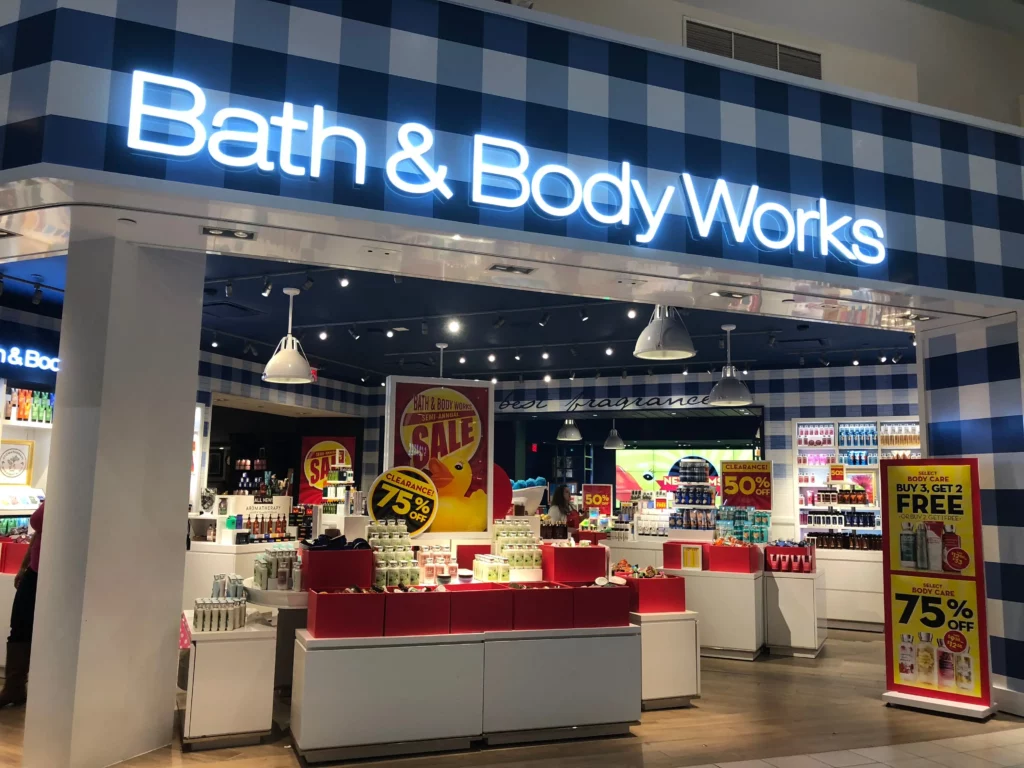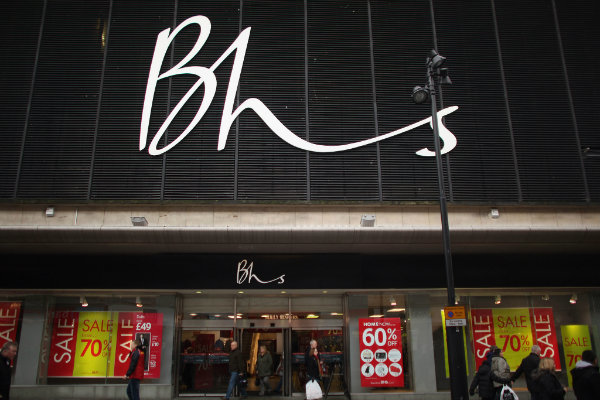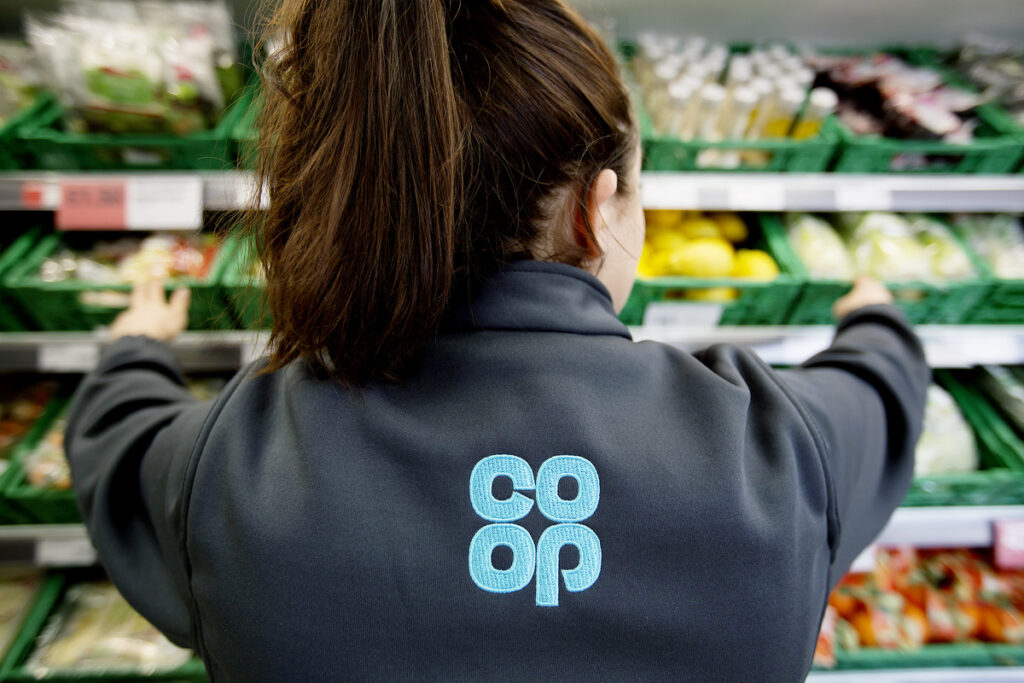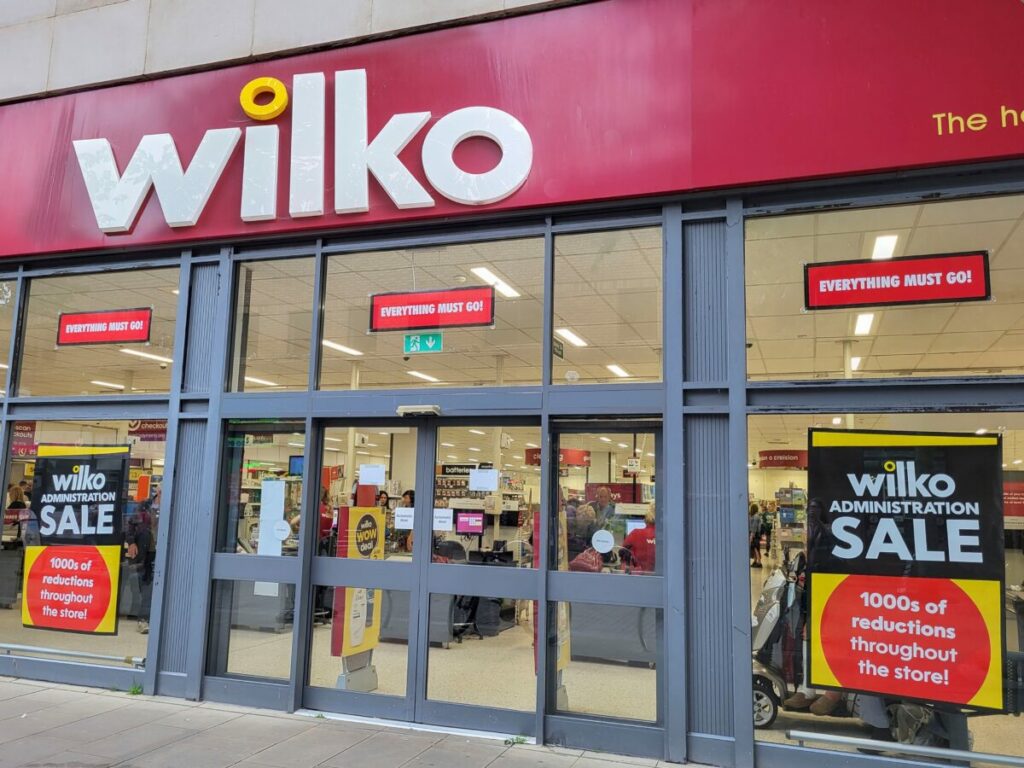Online retailers and supermarkets see the most spend from customers using loyalty cards, according to research released today.
According to findings from market research company ICM Research, 29 per cent of consumers are enticed by loyalty rewards with online retailers while 26 per cent make use of these at supermarkets.
Surveying 2,000 shoppers, the figures revealed that women are more likely to favour supermarket rewards, with 64 per cent placing supermarket vouchers within the top three most appealing compared to 56 per cent of men.
Jamie Belnikoff, Associate Director at ICM Research, explained these findings, telling Retail Gazette: “Quite clearly, we want rewards that are as close to hard currency as possible that are equally as relevant to us as possible with a practical, immediate benefit.
“I think it‘s about offering things in the right way and understanding what customers really want to boost activation of these programmes as this will really benefit the brands themselves.”
At a time when most retailers are focusing their gaze on improving their m-commerce strategy, the survey found that 13 per cent of smartphone users use loyalty card apps via their phones and Belnikoff expects this number to rise in the coming years.
“This is the way things are going and the number will only continue to grow with the intergration of 4G expected to arrive in the next year or two,” he said.
“Smartphones allow brands to develop targeted location-based offers so this fuses the on and offline roles. A lot of businesses still have the simple, traditional loyalty card where you receive stamps after a purchase so it is about evolving that original card into something more sophisticated to allow them to connect with customers on a much more personal level.”
Parents with children aged five or under prefer to receive loyalty offers direct to their mobiles with 24 per cent stating that this is a most favourable way to stay connected to stores.
At the other end of the scale, direct mail remains a powerful proposition as the second most popular way to receive offers.
While 63 per cent of respondents named email as their preferred choice, 48 per cent are interested in postal offers, though Belnikoff believes this may be shortlived.
“Post is more a hangover of how things have traditionally been done as well as being something tangible that you can put in your wallet,” he said.
“It will be interesting to see how this changes over time and what proportion of people will make that change.
“I think the most important thing for consumers to think about is where they spend most of their money and what is most relevant to them.
“That drives sales more than anything else, in this day and age when things are pretty tough for a lot of people so anything that helps to reduce spend will be appealing.”
















